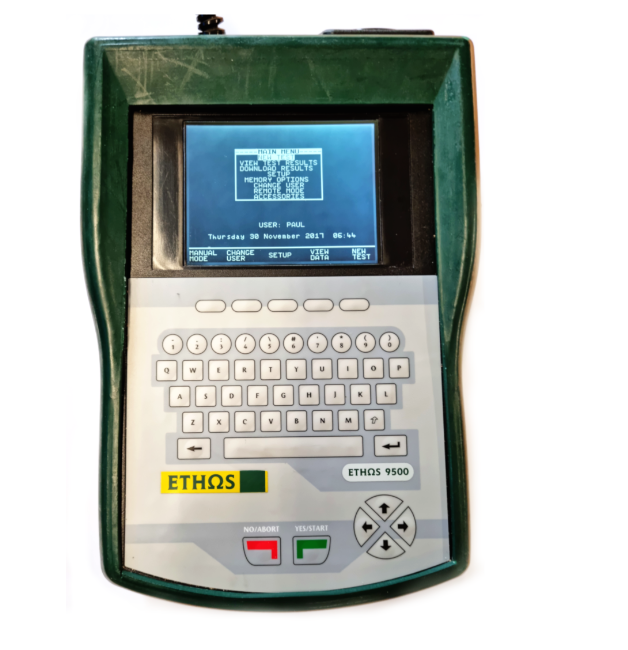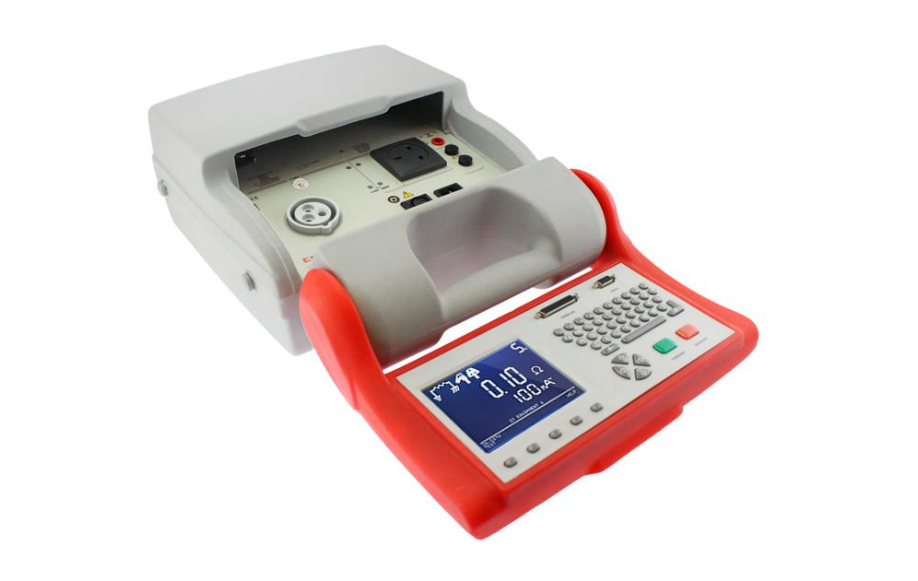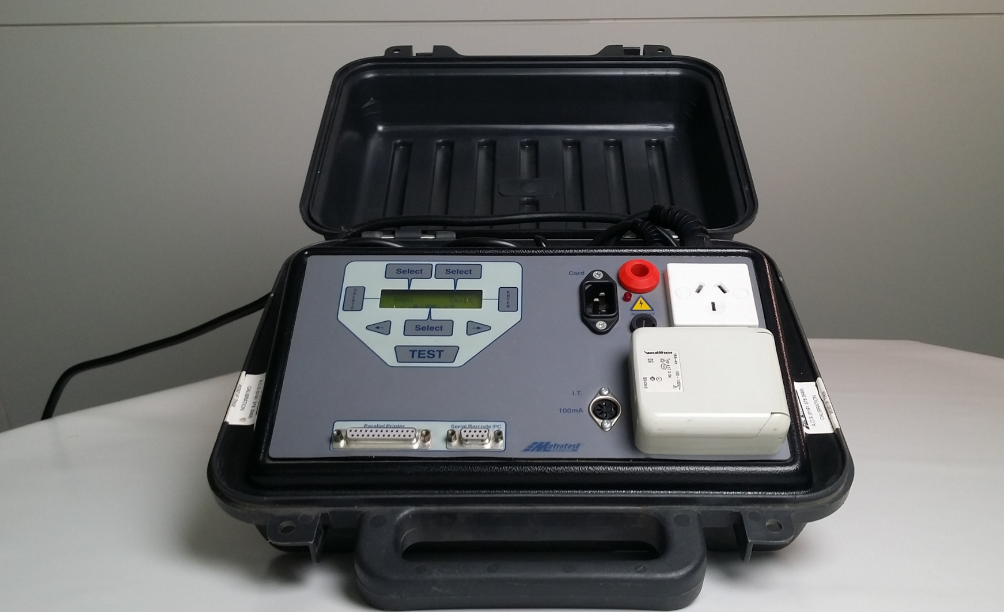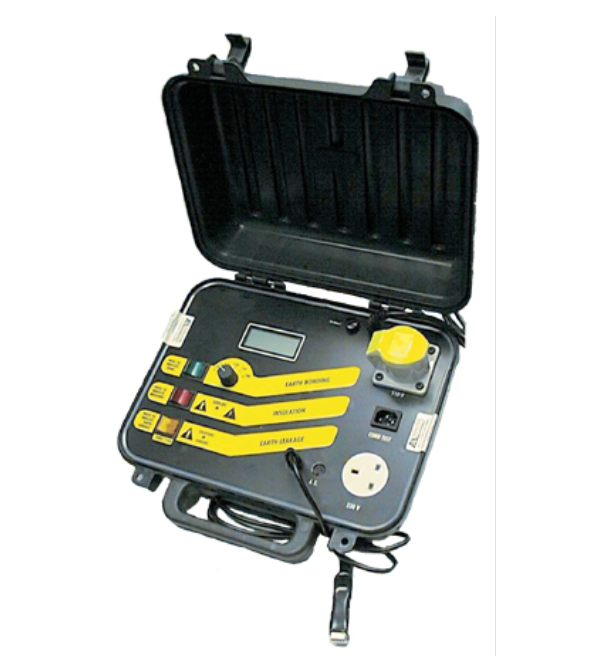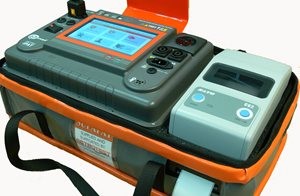Today we are continuing to look at some common out of production Pat’s
The model we are focusing on today is the Megger brand Pat 32 Tester
A little background here, Megger is a good very large and well proven manufacturer of test and measurement equipment.
They manufacture lots of test instruments but don’t focus on Pat’s this can be seen even today as there Pat’s are normally good solid workhorses they aren’t generally the most user friendly Pat testers on the market .
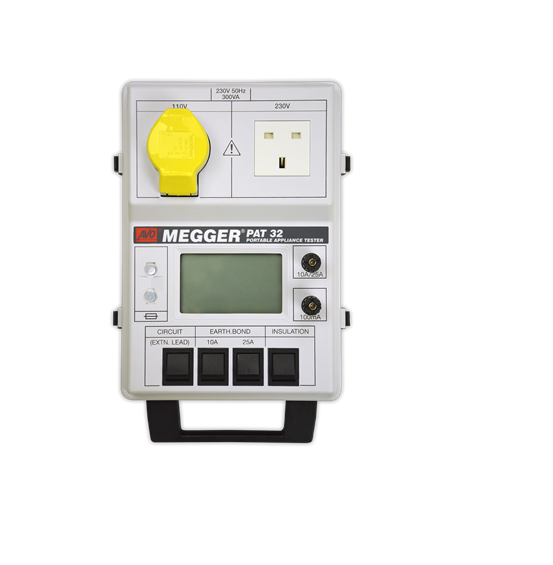
In the late 1980s they introduced this Pat onto the world market, the product being designed and built in the UK.
This is a well built basic Pat tester, when I say basic I truly mean that, if you wanted to test extention leads or any leads for that matter you needed to buy an accessory to enable this test to be done and this wasn’t a five dollar option!
The Pat32 came in a hard plastic case with removable lid, the case definitely wasn’t bullet proof, ie don’t think we could call it the Pat’s best feature.
That said we have to give some credit here, it had a very large digital and analog type LCD display which was way ahead of the completion at the time and very easy to read.
Operation was simple along the bottom of the Tester there were four switches that you held down to do the appropriate test, the first was for testing leads ( with adaptor ) the next two were for the Protective earth test which could be done at 10 or 25 Amps, while the last one selected the 500 volt Insulation Resistance test.
As is pretty much standard for its vintage there is no memory option nor battery operation and no other accessories available except the necessary extention lead adaptor, that is essential unless your the only person on Planet without any leads!
So let’s look at the test functions
Protective earth test
This can be done at three different test currents, ie at 100milliamps via a separate included small wander lead or at 10 or 25 Amps via the other wander lead, these wander leads are attached to screw posts on the Pat.
Next up the 500 Volt Insulation Resistance test, this is the only test voltage available on this Pat, but this was normal at the time.
The above two tests except the onboard fuse test were the only two tests this Pat performed as standard unless you bought the extention lead adapter
Summimg up this tester we again need to consider its old and many are still operational, It did do the necessary stuff back then but for today let’s just say its not quite there!
So the big three questions
Q Does it enable the testing person to comply with ASNZS 3760?
A Yes if you have a very limited range of Appliances AND no leads to test
Q Is it a safety tester or compliance-only tester?
A Like the metroPat 200/220 of a similar year it does, for its year ( based on our criteria have to go into the Safety tester category.)
Q Does it represent value for money?
A At the time it was a good basic tester but probably overpriced for what you got ie still couldn’t test leads!
Today if it’s given to you grab it – otherwise, it’s only worth something if it’ll do all that you need it to do. Remember a calibration check will also cost a couple of hundred dollars.
Well hopefully some of you find this review helpful.
Happy testing
The Pat Review team

